The green color, reminiscent of the radiance of an emerald, will surround you at every moment of this journey. An island out of time, where the magic of beauty reigns. The charm begins with the capital Dublin. The land of myths and legends, endless landscapes, and monumental rocks. Discover Ireland and all its attractions.
Dublin
The capital of the Green Island is the starting point of any Irish tour. A young city and at the same time proudly committed to its traditions. Any sightseeing tour inevitably begins at the Guinness Storehouse. The prestigious dark beer brand is a symbol of Ireland, an evocative name that refers to the most famous dark beer in the world. It is based in the heart of the city, at the gates of St. James, where Arthur Guinness founded a brewery. Today it is the main attraction for all visitors with its multimedia exhibition and, above all, high-quality beer. But in Dublin, every corner shows unexpected beauty.
Like two cathedrals of the city. St. Patrick’s Cathedral is connected with the history of the Irish patron saint because the church was built next to the well where St. Patrick baptized converts. It dates back to 1200, its stained glass windows shining on monuments and in the Lady Chapel. Ten minutes on foot and you will reach Christ Church Cathedral, which houses the medieval crypt and reliquary of St. Lawrence O’Toole. History and legends return to the treasury of Trinity College, a university founded in 1500 with the Long Room Library, which houses more than 200,000 books.
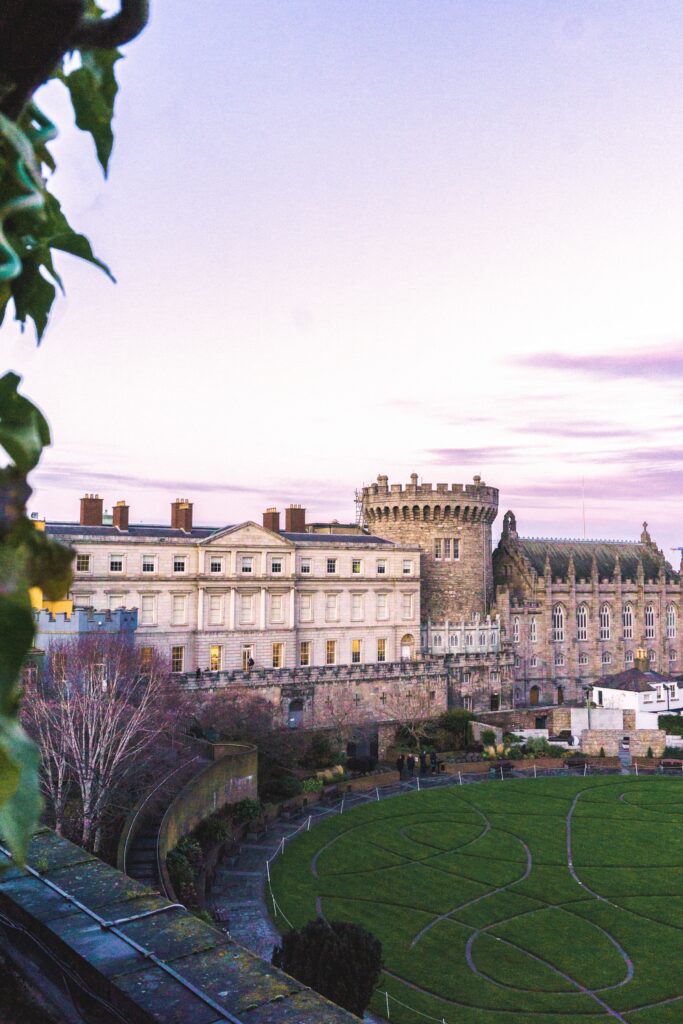
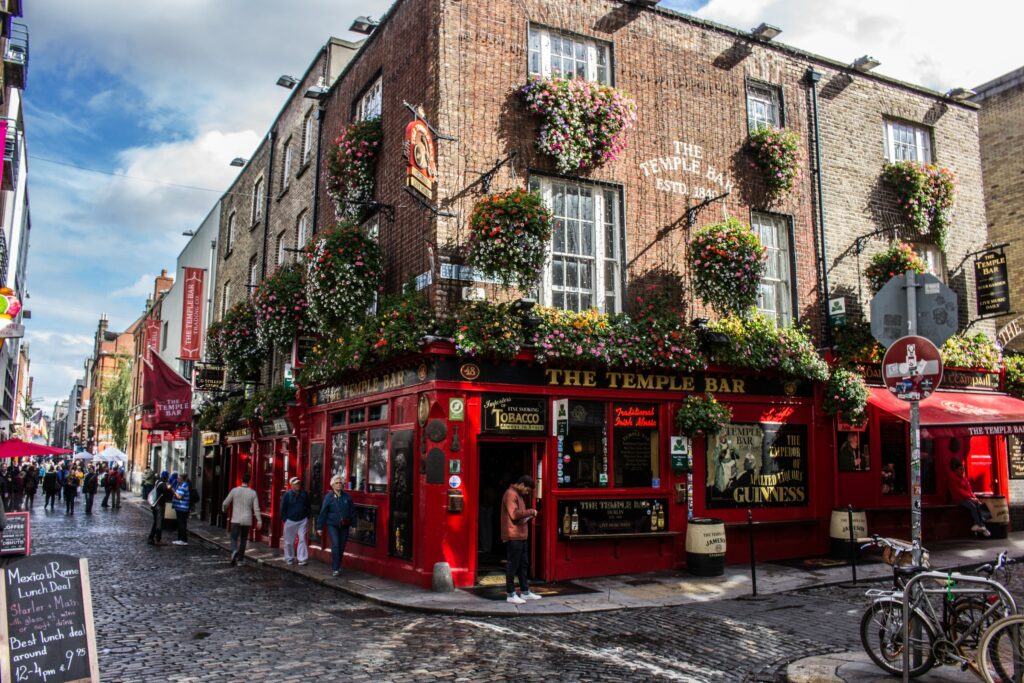
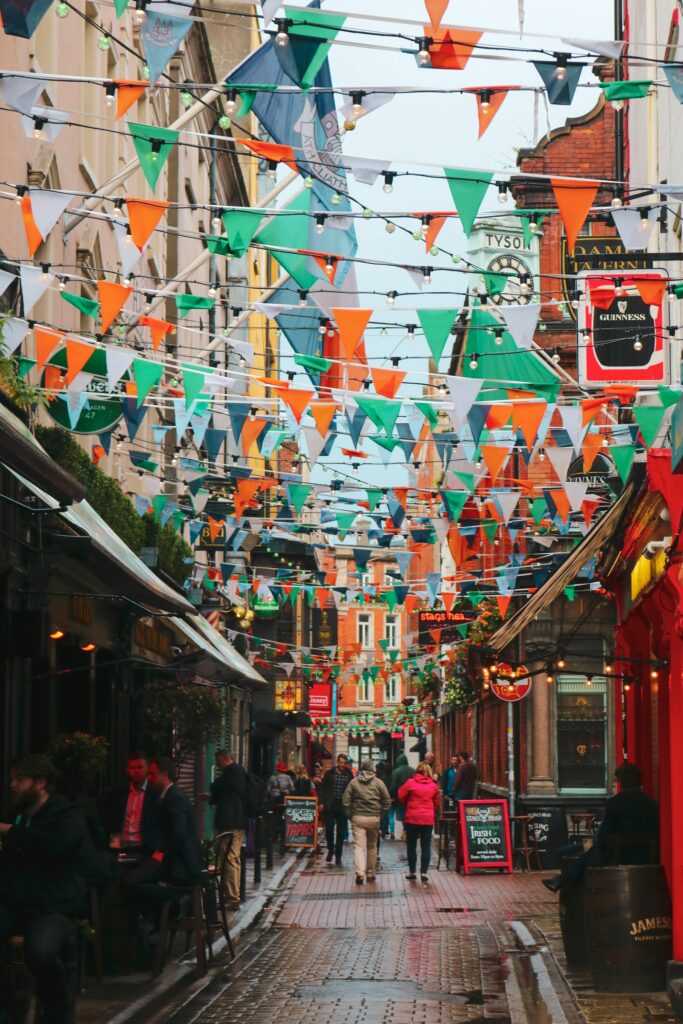
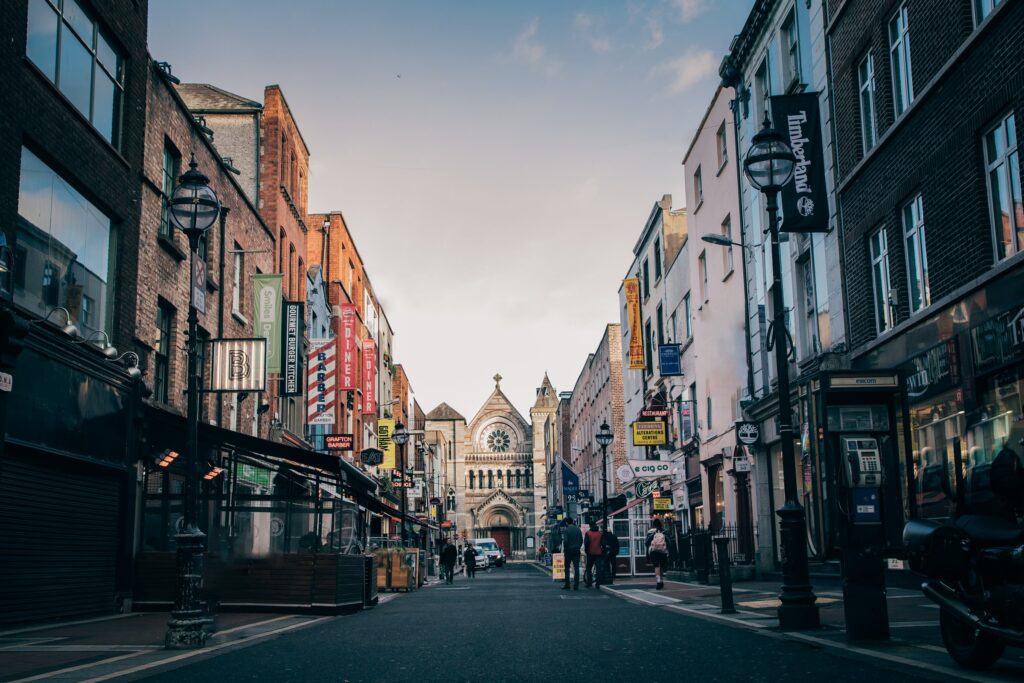
Some of them are very ancient, and one is special: the Book of Kells — a manuscript made by monks of the early Christian era, a masterpiece of Celtic art. Speaking of history, Ireland passes through the diaspora, which for centuries has forced more than 10 million people to leave the coast of the island and go to America and other destinations: The Epic, or Museum of Irish emigration, collects documents and evidence to tell this often tragic, but the significant story.
Dublin’s wealth is represented by its museums. In the National Museum, for example, there are Iron Age objects and a wooden boat from 4500 years ago. Works of art from all over Europe are on display at the National Gallery of Ireland, and the history of Irish design is told at the National Museum of Decorative Arts and History. On the other hand, Francis Bacon’s studio can be visited at the Hugh Lane Gallery. The history of Irish literature, passing through such names as Joyce, Wilde, and Stoker, can be found in the Museum of Irish Writers, as well as in the new Moth Museum. And to complete the visit to Dublin, here are the green spaces of the city parks. Iveagh Gardens oasis is ideal for picnics, St. Stephen’s Green is a gem in the city center, and in Phoenix Park, it’s nice to ride a bike, perhaps in the company of fallow deer present in herds on its wide expanses.
Galway
This city on the west coast, soaring over the Atlantic, shows a truly Irish face. Here the magic of the territory and traditions merge, in the center of natural wonders such as the cliffs of Moher overlooking the sea. Galway conquers first of all with a lively gastronomic scene thanks to the numerous producers, breweries, and shops that can be found walking through the streets of this colorful city. The festive atmosphere is provided by numerous festivals that attract talents from all over the world: the Galway International Arts Festival, in July, is a prime example of this.
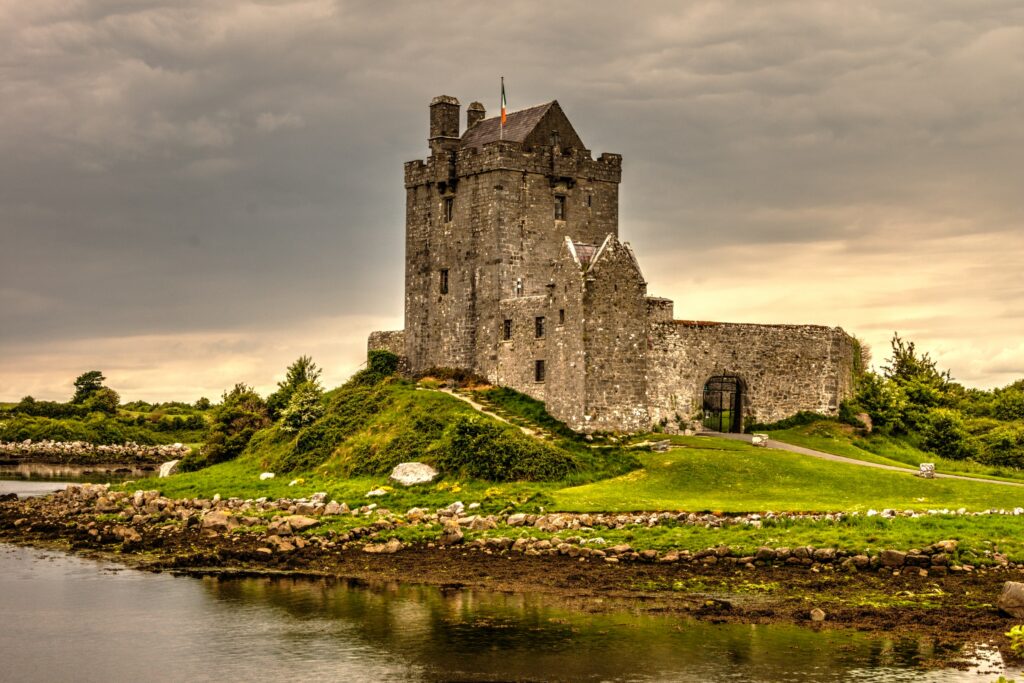
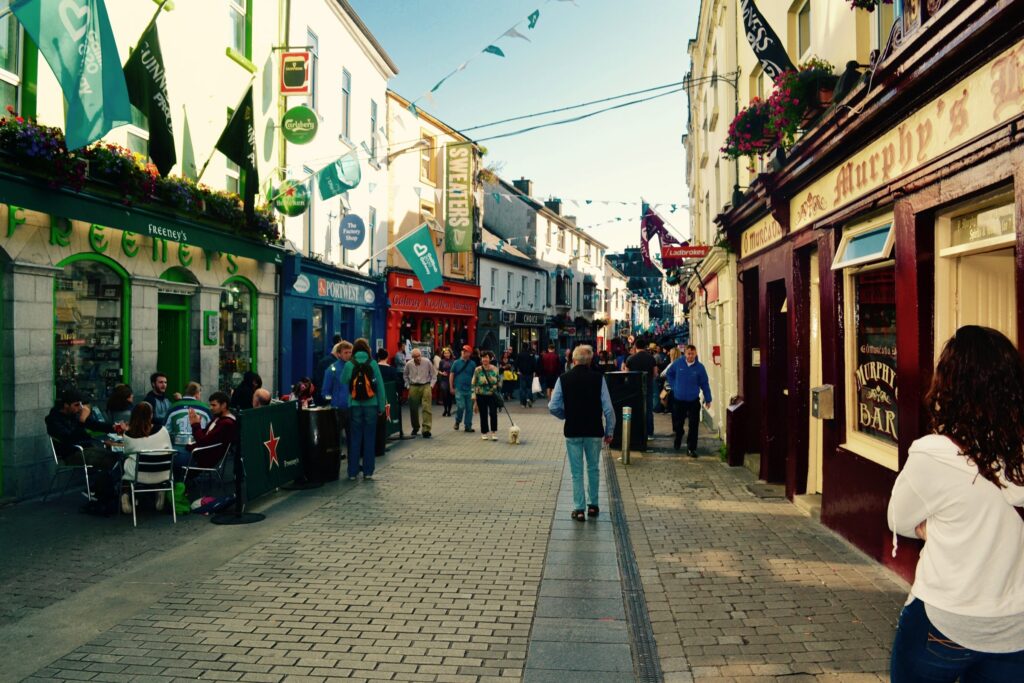
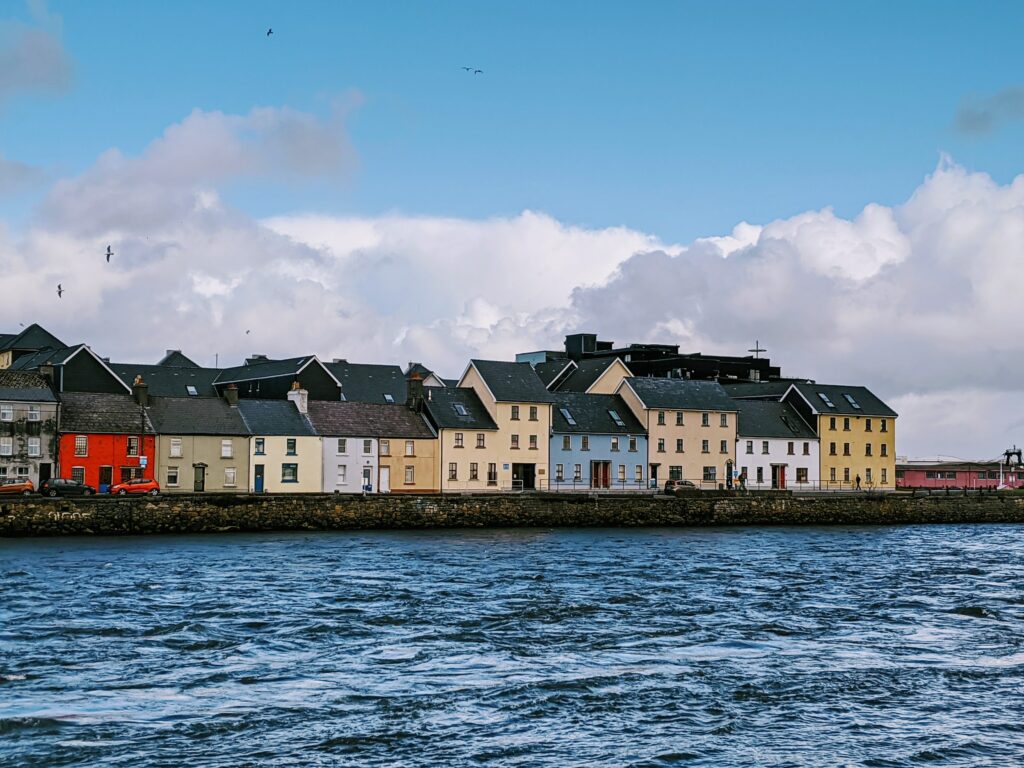
As well as the Galway Film Fleadh Film Festival and the Galway International Oyster Festival, dedicated to the exquisite taste of oysters. It’s incredibly easy to chat with locals, especially if you decide to have a beer at the beautiful wooden pub Tighe Neachtain on Cross Street, as well as Murphy’s and Garavan’s. On the other hand, a bit of history is stored in front of the medieval Spanish Arch or the Galway City Museum, an ideal place for a virtual journey from prehistory to the present. You go out and return to the streets of the center, breathing in the fresh air of Galway.
At the market, on weekends, acquaintances, purchases, and discoveries are made not far from the church of San Nicola, another pearl, where, it seems, Christopher Columbus stopped to pray in 1477. In the seaside area of Salthill and on its embankment, we immerse ourselves in the marine climate, strolling in front of the colorful houses of fishermen. Unforgettable.
Cliffs of Moher
One of the most beautiful places in the world? When you walk across a green lawn and suddenly the endless blue of the windswept sea opens up in front of you, in the special light of this corner of Ireland, you realize that this is so. The cliffs of Moher are a unique miracle. 8 kilometers long, 214 meters high, overlooking the ocean: the feeling of being at the edge of the world is combined with the colors of sunset or sunrise, giving an unsurpassed impression. In the center of the visitor’s, area stands the O’Brien Tower, built in 1835 on a privileged observation deck. In addition to the fog, the view of the Aran Islands is always guaranteed.
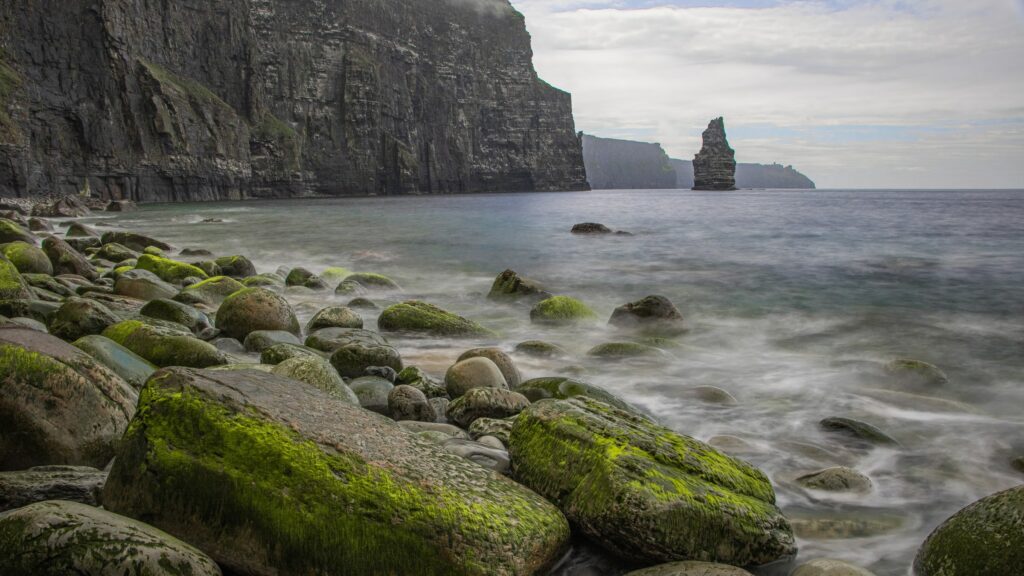
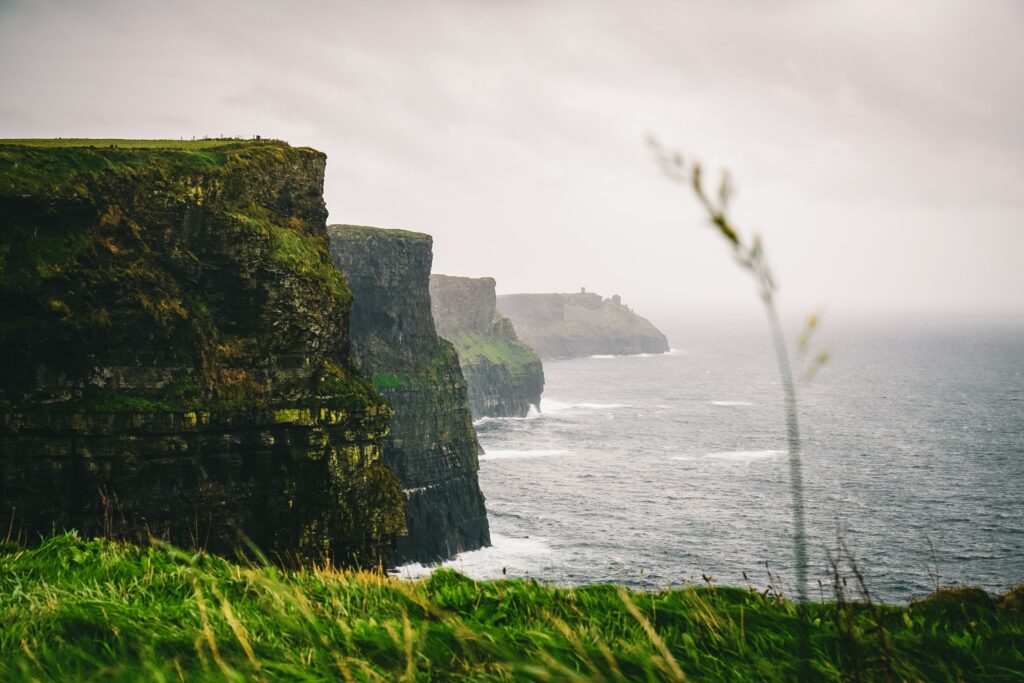
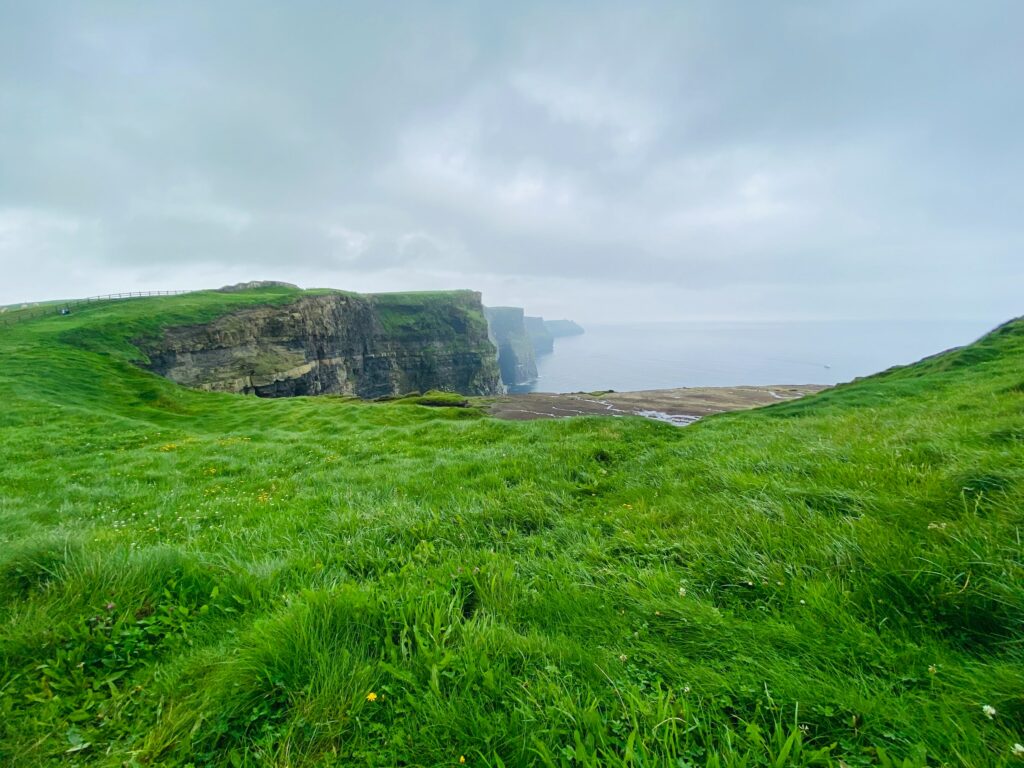
The rocky spur that appears in front of the rocks is called Brennan Mor in Gaelic, it is part of the horizon of rocks about 70 meters high. It’s quite impressive to admire it up close by boat, there are also numerous caves under the rocks, and the largest of them is the Cave of Giants, 100 meters high. Everything is impressive, even the history: The Worm Trail is a paved trail where you can see traces of ancient invertebrates and fossils of Goniatitida, a prehistoric underwater animal. And puffins are flying in the sky.
Aran Islands
Speaking of fascinating places, the islets that can be reached after a short trip from Galway represent excellence. They arise between the rocks, the sea, the greenery of vegetation, and the clear sky. Legend has it that they once formed a large lake Loch Lurgan. Each of them has its unique characteristics. Inishmore is the largest, most visited. It has 900 inhabitants and Dun Angus, a Christian-era fort, from where a path leads to a 90-meter cliff, extraordinary in its beauty, whipped by the winds.
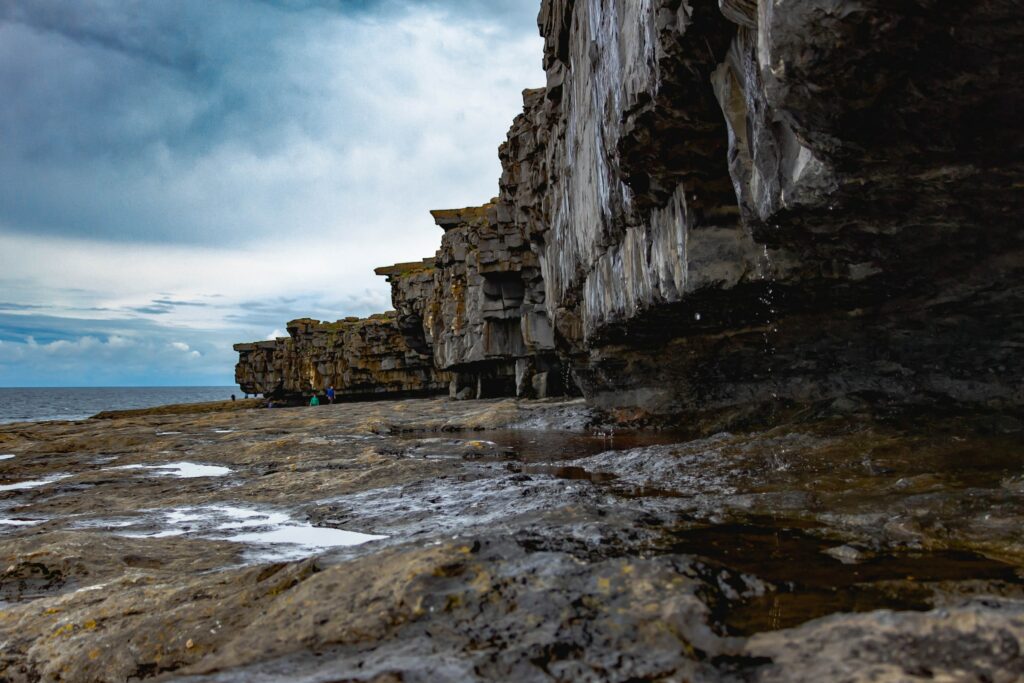
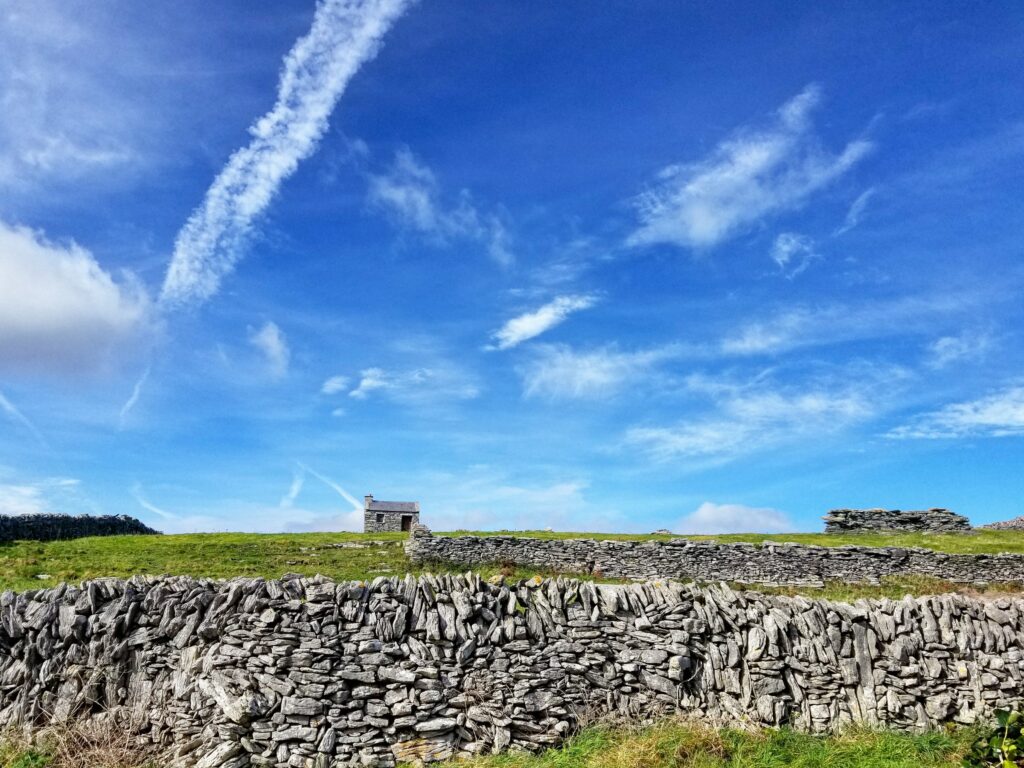
Inishmaan, on the other hand, accepts no more than 150 people, and you can visit it by renting a bicycle, strolling among the suggestive cottages and very long stone walls that limit the plots of land. Finally, on Inishir, the smallest island, streams, springs, and wells erupt like St. Enda, the patron saint of this place, with water that is said to be wonderful. A mandatory souvenir: a white sweater made of sheep wool, sewn here according to centuries-old weaves, with which women recognized their fishermen husbands in case of shipwrecks.
Kerry’s Ring
Circular Road is a scenic route that opens up typical Irish views. In other words: a miracle. From the Dingle Peninsula (where the fairy castle is located) to Kenmare on the coast, returning to Killorglin via Killarney, where there is a park ideal for cyclists: 200 kilometers cross the countryside downhill to the sea between cottages, coves with white sand, views of the sea and islands, unreal panoramas. Each curve foreshadows a spectacle.
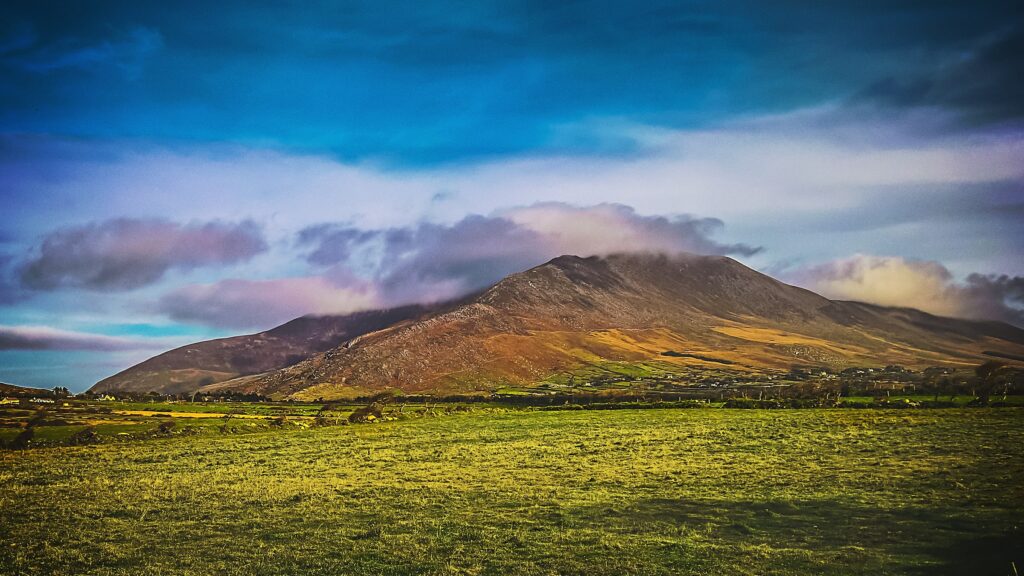
And every village has something to tell. Caersiveen is one of the westernmost cities in Europe with a beautiful Old Barracks heritage center. Next, in Waterville, we find a statue of Charlie Chaplin, who came here on vacation. The beaches of Derrinan deserve attention. The special atmosphere of Slim impresses with its postcard landscapes, and the Malls Gap transports the traveler between high peaks, lakes, and a rocky ridge.
Connemara
The region that best expresses the Irish spirit, Connemara, is a mixture of harsh and sweet beauty, valleys and swamps, lakes and streams in endless greenery. It all starts with Westport with its tree-lined avenues and colorful streets, and the first stop that cannot be missed coincides with Killary Fjord, the only fjord on the Emerald Isle, in a very specific setting. The right platform at this point is Kailemore Abbey, an abbey that stands out in front of the green hill and front of the dark Pollakappool Lake.
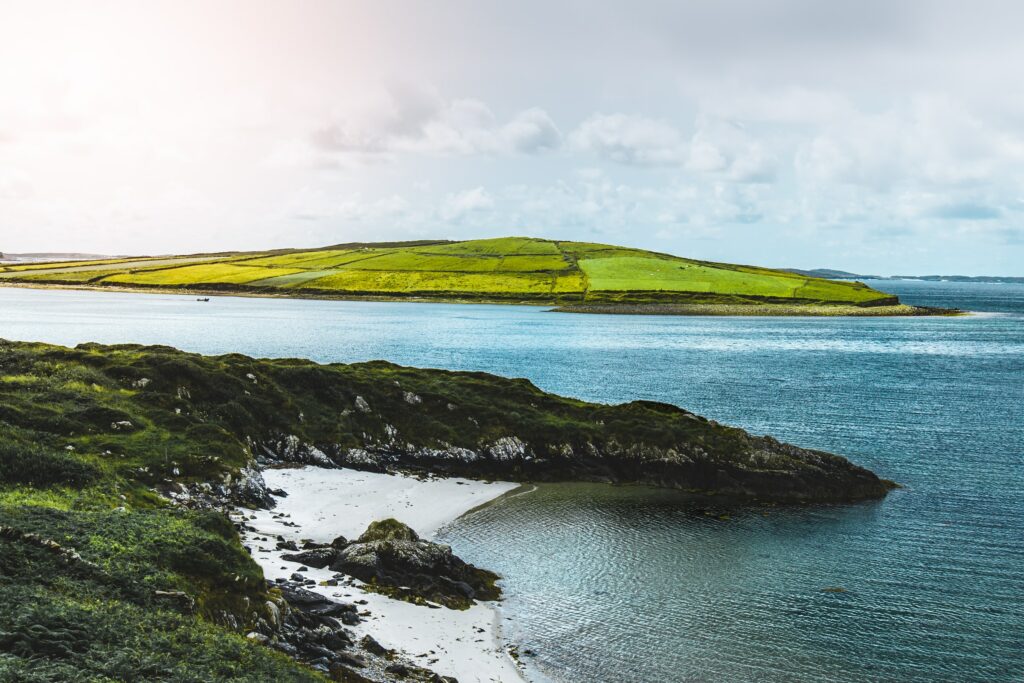
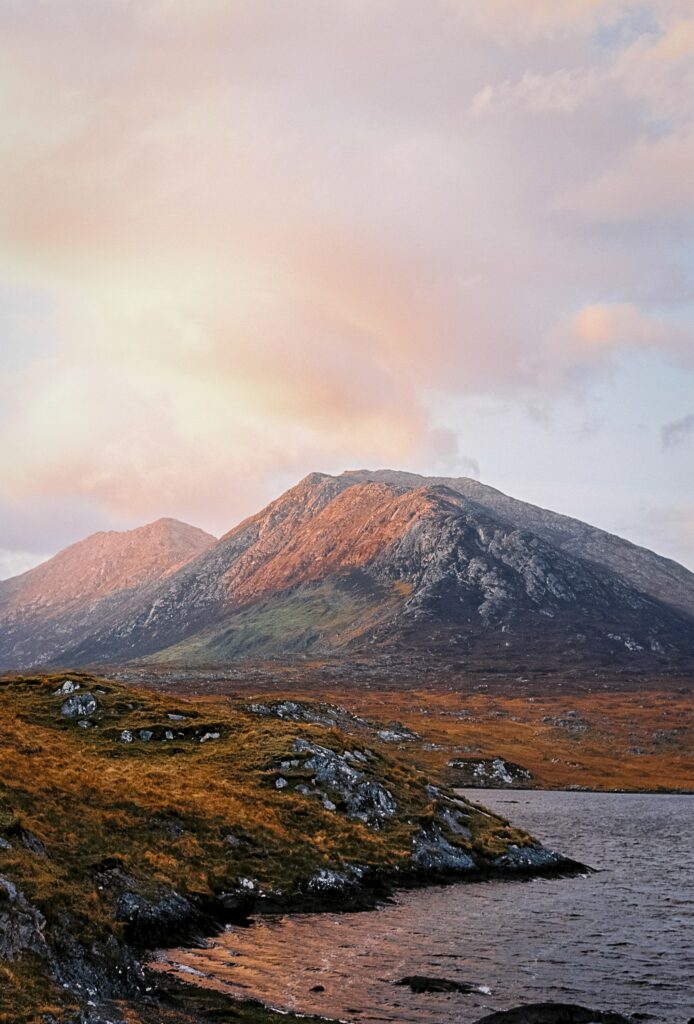
We’re only an hour from Galway. In addition to the abbey, it is worth seeing the Neo-Gothic church and the Victorian Waller Garden, one of the last walled gardens in Ireland. Continue to Connemara National Park, a vast expanse of mountains, forests, and meadows. And finally, continue along the magnificent Sky Road, a one-lane but two-way road (with rest areas allowing those arriving from the opposite direction to pass), which runs in a circle along the peninsula near Clifden, overlooking the sea. At sunset, the view is incomparable.
Cork
Where the River Lee flows into the sea through the harbor. It is home to Ireland’s busiest university town, where prisoners destined for Australia once stood. Today it is also considered a culinary center with absolute respect, primarily due to the English market, a market that has survived a thousand misfortunes and today offer all kinds of dishes on its 55 counters. The aforementioned prison was located in Cork City Jail, a beautiful building of Gothic and classical architecture. The informal Crawford Municipal Art Gallery houses Greco-Roman casts of Vatican sculptures that gave rise to paintings and installations.
The construction of Fort Elizabeth dates back 400 years, it was dismantled and then rebuilt in 1600. The ramparts in this area offer a special view of the city. The tradition of beer is also very strong, which finds its maximum expression in the Franciscan Well, a brewery located where there was once a Franciscan monastery with a sacred well. And here we are at the University College, on the banks of the Lee River, on a green campus, where walking brings great pleasure.
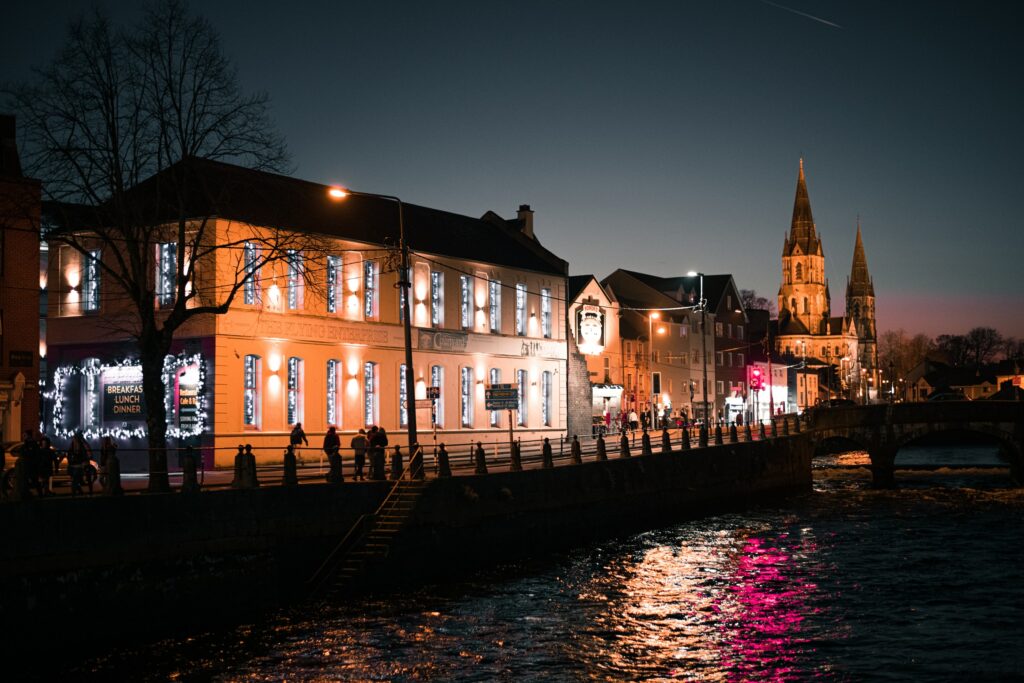
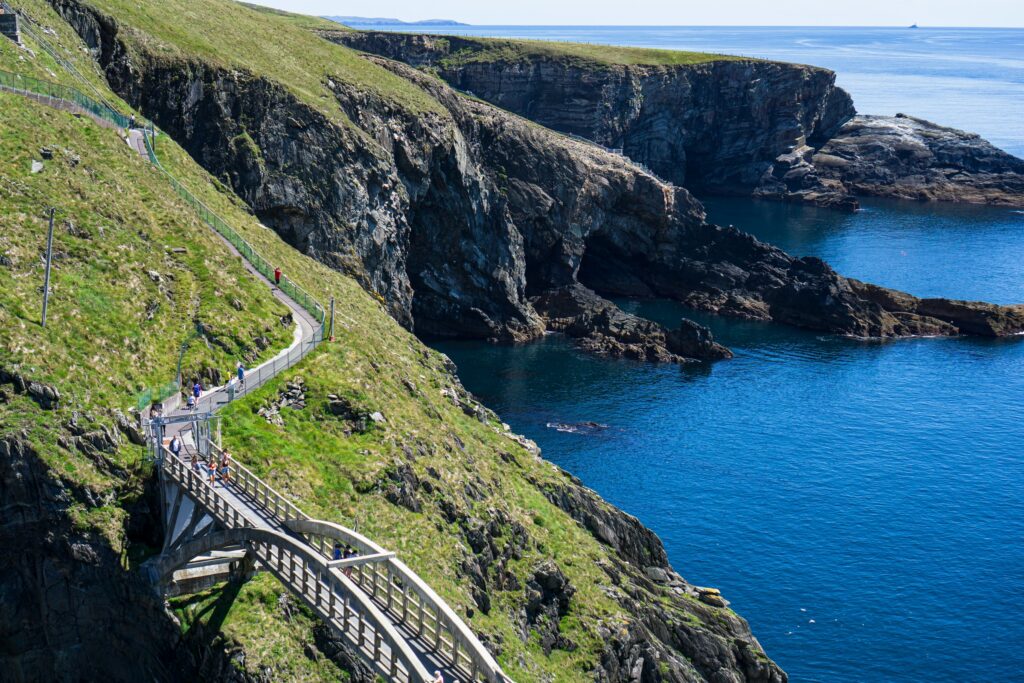
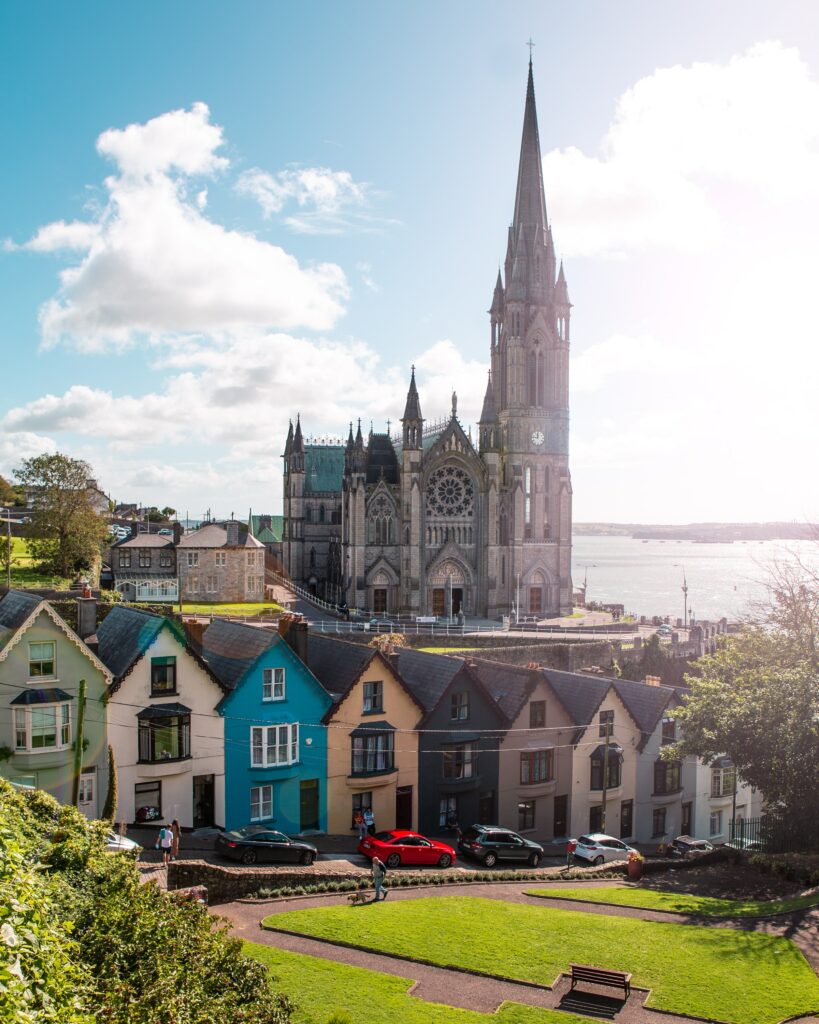
The Lewis Glucksman Gallery organizes periodic exhibitions dedicated to fine art. Finbar Cathedral is a masterpiece of French Neo-Gothic with stained glass windows and carved stone heads of the XII century. However, the most popular church in the city is St. Anne’s Church of red sandstone and white limestone.
The Road of Giants
You’ve probably seen the Road of Giants in the photos: 40 thousand hexagonal basalt columns emerging from the sea, forming intricate compositions played by the wind and the sea, creating a landscape picture that is pure poetry. Legend explains that these stones were placed here by the giant Fionn Mccumhale, who, in love with the Scottish giantess, tried to get to her. They are the result of an underground explosion when a mass of basalt floated to the surface and solidified in the correct forms.
Horn head
To the north, in Donegal, which borders Ulster, there is another cliff that can rival Mohair in beauty. These are not only Neolithic monuments: birds such as Fratercula and sea magpie are also characteristic of this place. At Cape Horn Head there are paths (careful, slippery grass) that lead to the Signal Tower, an excellent observation deck. Also worth seeing is the landlord’s house on the side of Shiphaven Bay, a large bay on the north coast. Gun Mc Swine instead of a cave that starts from the land and reaches the sea where the waves break with spectacular effects.
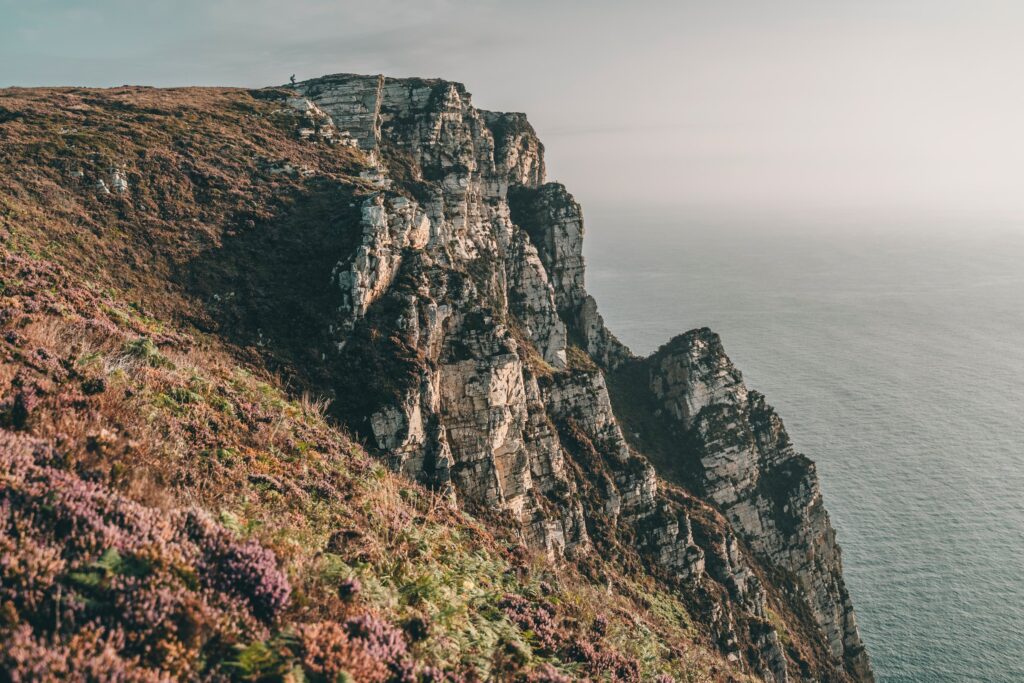
Malin Head
The northernmost point of Ireland coincides with a wild and inhospitable environment from where you can see the Scottish coast. The feeling when you arrive at the Crown of Bamba and see the signal tower of Napoleonic origin is that you have reached a place at the edge of the world. The wind blows over the rocks and the raging sea, the view is magnificent. Following the path, you will find yourself in a Hellhole, a 75-meter chasm that suddenly opens into rocks, fascinating and impressive. Beware of gusts of wind.
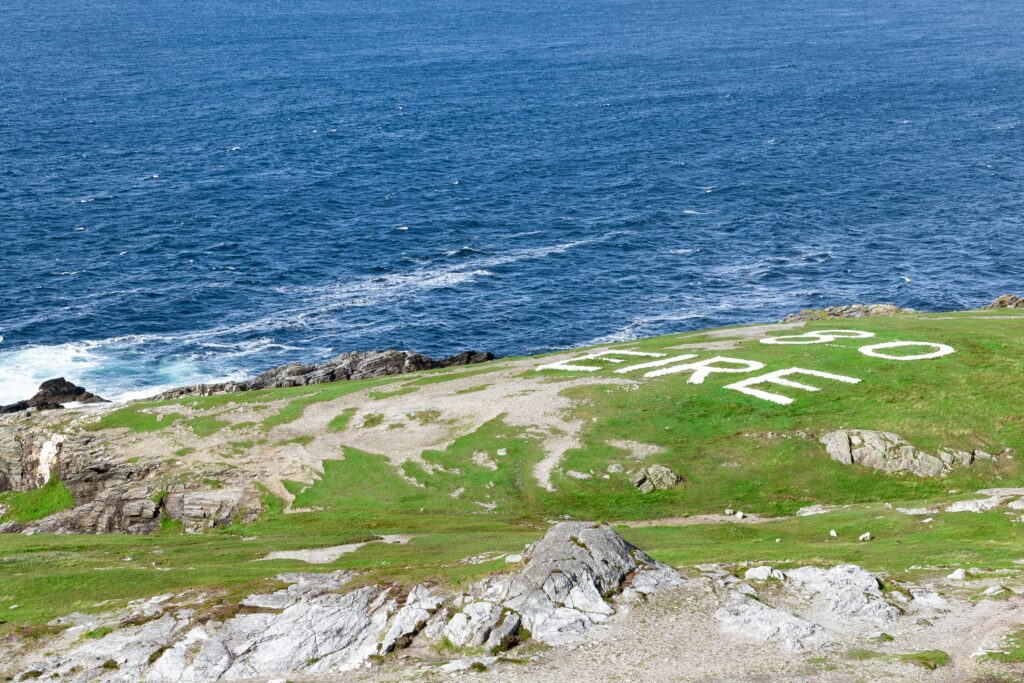
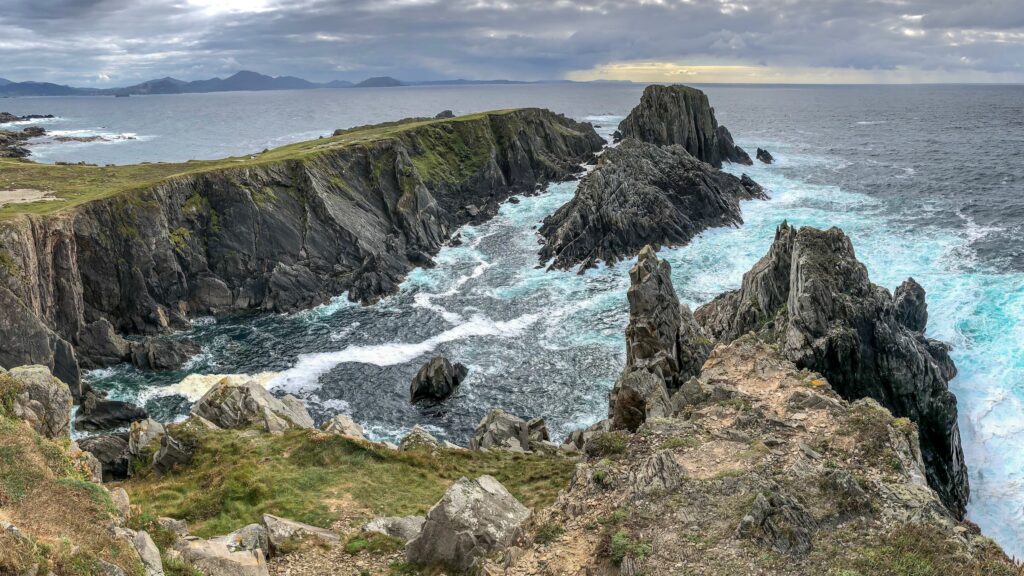
Plum League
Even the cliffs overlooking the sea, again Donegal. They are the highest in Europe (600 meters), although less well-known than the cliffs of Moher. Almost hidden, as indicated by several signs emanating from Tilin and Bangles. They can be reached by a secondary road that rises between distant houses. However, at the top, the spectacle is again a “twilight zone”, everything is unknown and only a few sheep are walking in the meadows. Every turn is a surprise, right up to the last stop. From here you climb a small staircase to the promised panorama. Quiet rocks, characterized only by hissing wind and low clouds. A mysterious and fascinating place. Ireland in all its splendor.
A journey whose memory will accompany you forever, because you are unlikely to find the same scenarios in other parts of the world.










